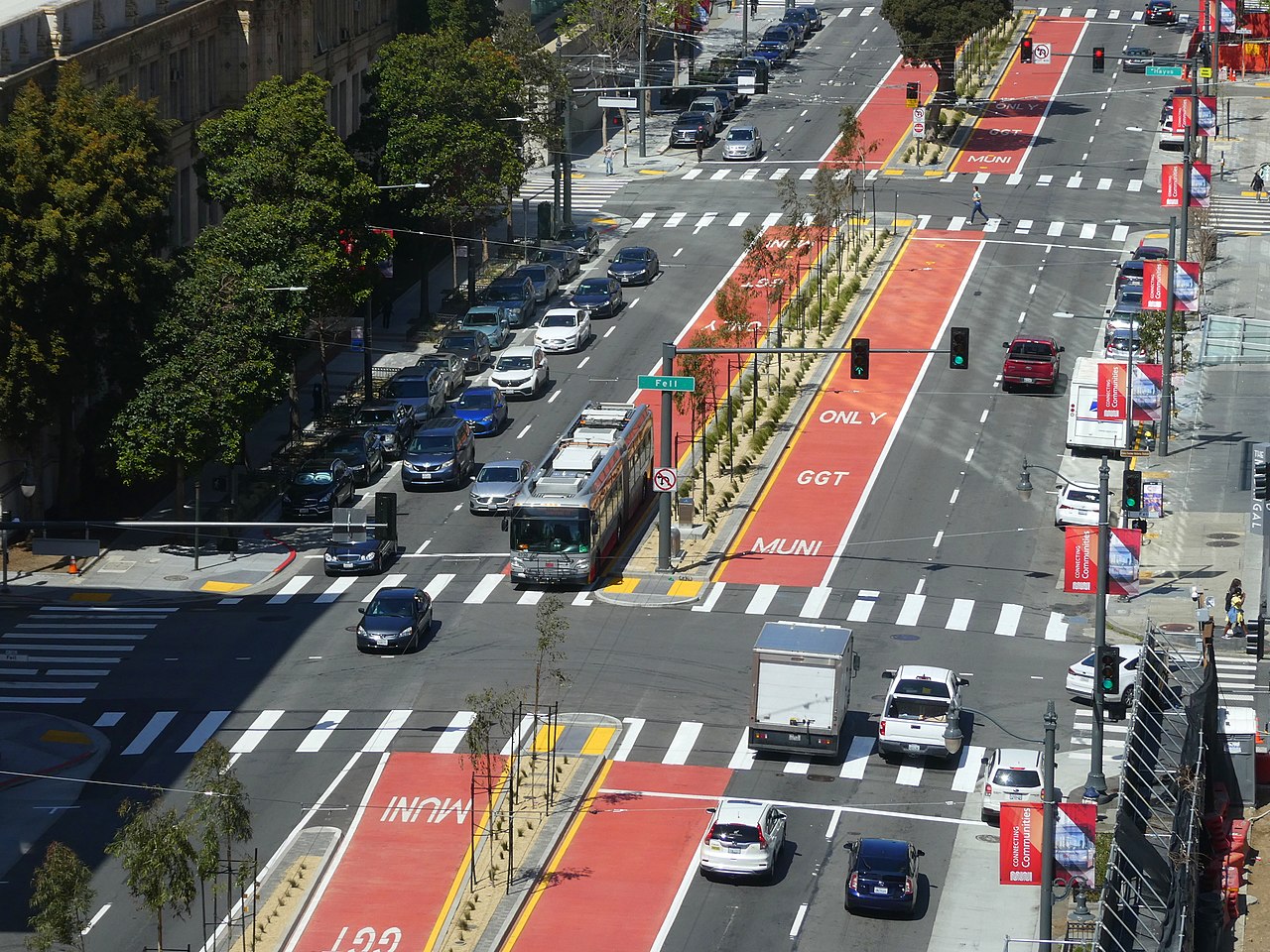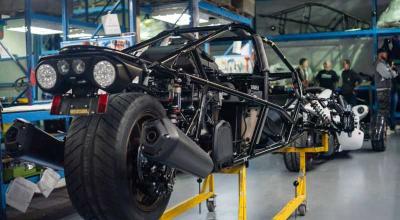Bus Rapid Transit (BRT): Urban Transport's Hero or Villain?

by AutoExpert | 4 June, 2024
Ever feel like you're stuck in a rush hour traffic jam, while a regular ol' bus breezes past in a special lane? That, my friend, is a Bus Rapid Transit (BRT) system in action. Think of it as the love child of a train and a bus – it carries a bunch of people efficiently like a train, but with the flexibility of a bus (no need for fancy tracks!).
So, is BRT a public transport superhero or a villain causing traffic chaos? Let's break it down.

BRT: The Good Stuff
- Reliable Rides: No more waiting forever for a bus that gets stuck in traffic. BRTs have their own dedicated lanes, so they zoom past congestion, keeping you on schedule. Happy riders, happy city!
- Speedy Gonzales: Not only are BRTs reliable, they're also faster than regular buses. This is good news for everyone – you get to your destination quicker, and traffic overall can flow better without slow-moving buses in the mix.
- Public Transport Powerhouse: BRTs encourage people to ditch their cars and hop on board. More riders mean fewer cars on the road, which translates to a cleaner, greener city. Imagine that – breathing fresh air while cruising to work! (Okay, maybe not always, but hey, it's a step in the right direction!)
- Economic Engine: BRTs make it easier for people to reach businesses and job centers. This can attract investment and revitalize areas that might have been neglected before. It's a win-win for businesses and residents!
- Cost-Effective Hero: Compared to building a fancy subway system, BRTs are a budget-friendly option. You get a lot of bang for your buck with these guys.
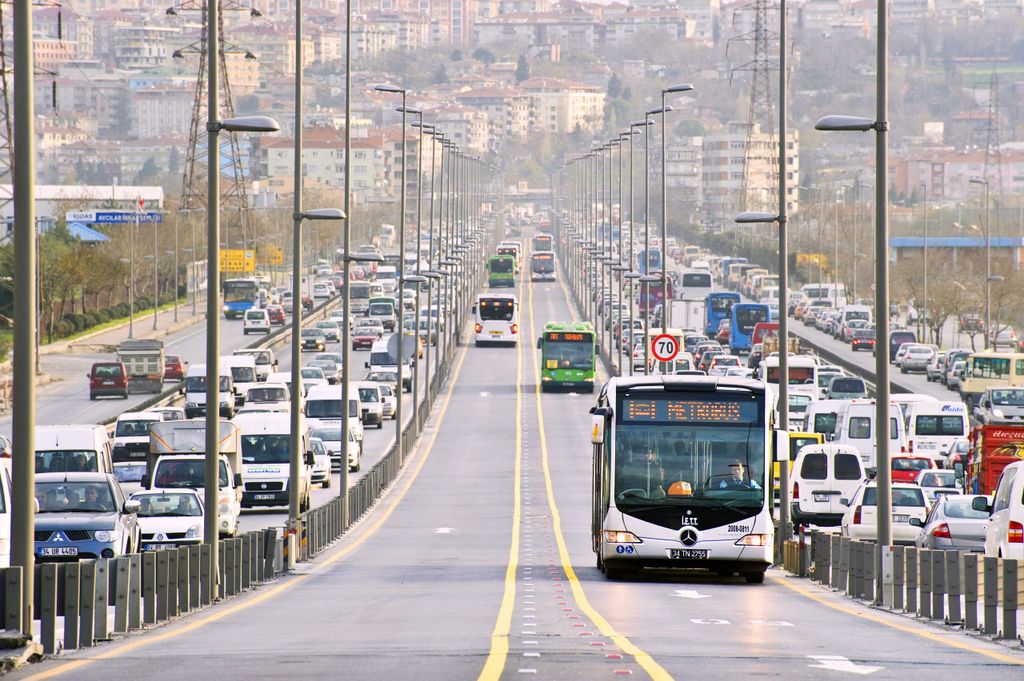
BRT: The Not-So-Good Stuff
- Lane Ranger Blues: Building those dedicated lanes for BRTs can be a tricky business. Sometimes, it means taking away space from regular car traffic, which can lead to congestion in those lanes. Not exactly a crowd-pleaser.
- Pricey Upgrades: While cheaper than subways, BRTs can still require some hefty infrastructure upgrades. Think new bus lanes, stations, and fancy technology. It's an investment, but hopefully, the long-term benefits outweigh the upfront costs.
- Traffic Tango: Let's be honest, BRTs aren't perfect. They can still get caught in traffic jams, especially if they have to share lanes with turning cars. It's a traffic tango nobody enjoys.
- Driver Discontent: Imagine being told your commute will take longer because of new bus lanes. Not exactly a recipe for popularity. BRTs can face resistance from drivers who see them as slowing things down for everyone else.
- Fair Share Frustration: Some folks might argue that BRTs benefit bus riders at the expense of drivers. It's a fair point – everyone pays taxes, so shouldn't everyone benefit? Finding a balance is key.
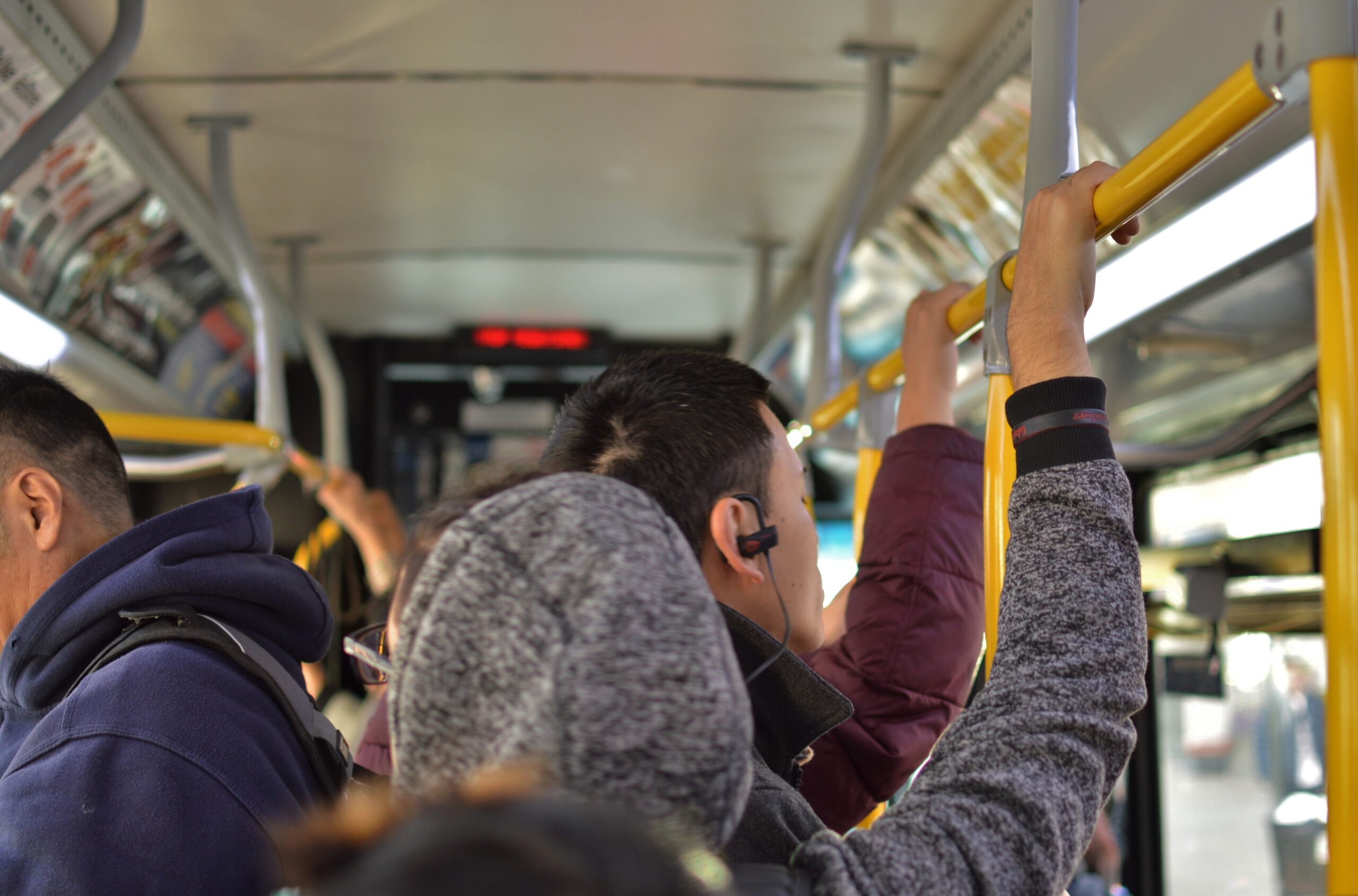
The Verdict?
BRTs are a complex beast. They can be a powerful tool for improving public transport, but they're not a magic bullet. The success of a BRT system depends on a city's specific needs and how it's implemented.
There are other options to consider too, like technology that gives buses priority at traffic lights. The key is to find a solution that reduces emissions, improves public transport, and keeps everyone happy (or at least not too frustrated).
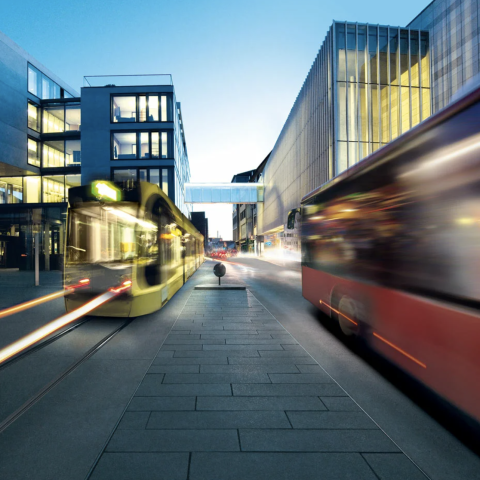
So, is BRT a hero or villain? The answer depends on your perspective. But hopefully, with careful planning and a bit of compromise, BRTs can be a force for good in your city.


